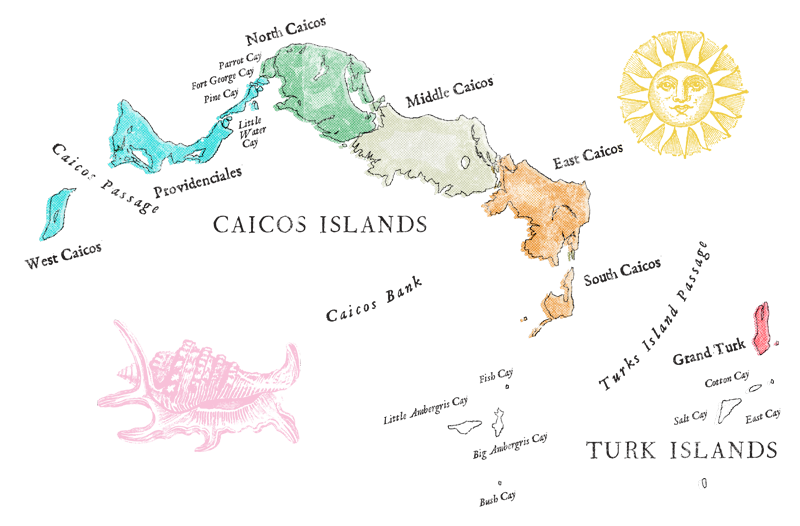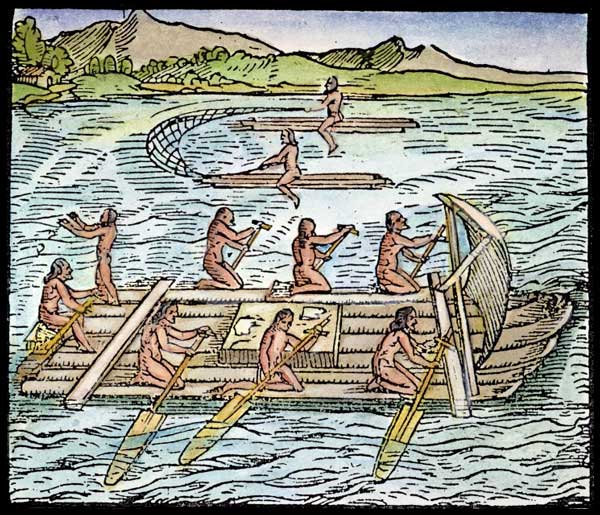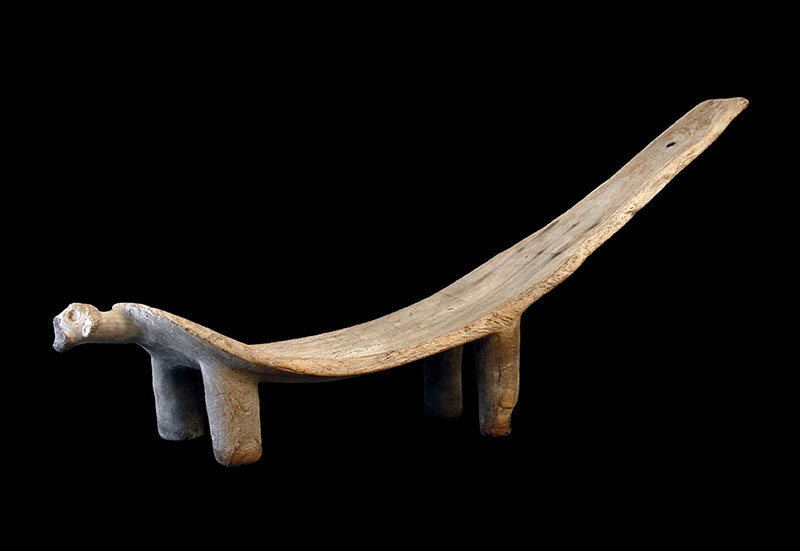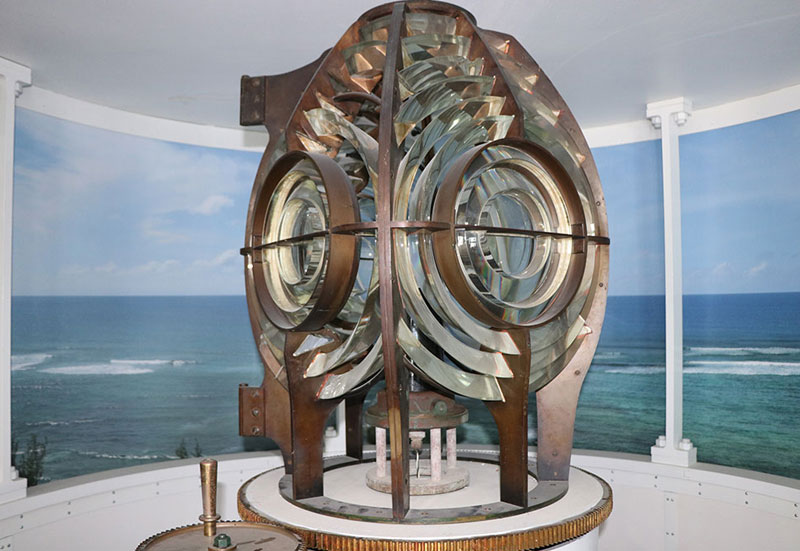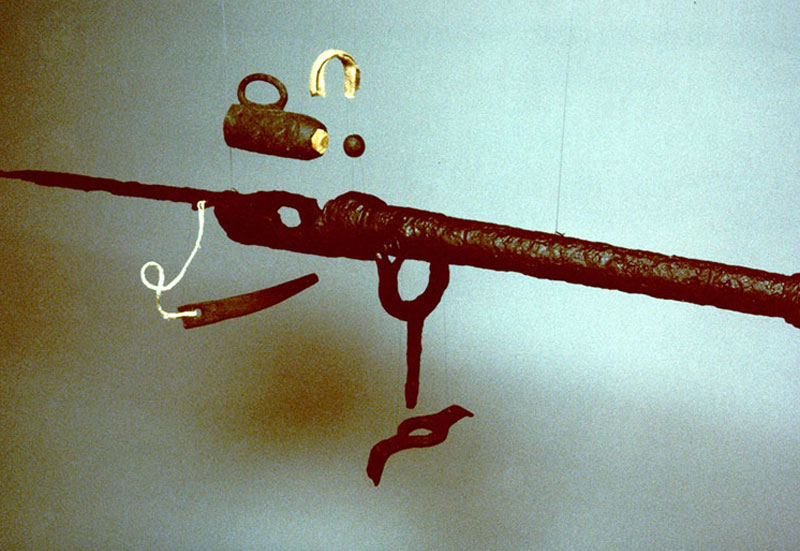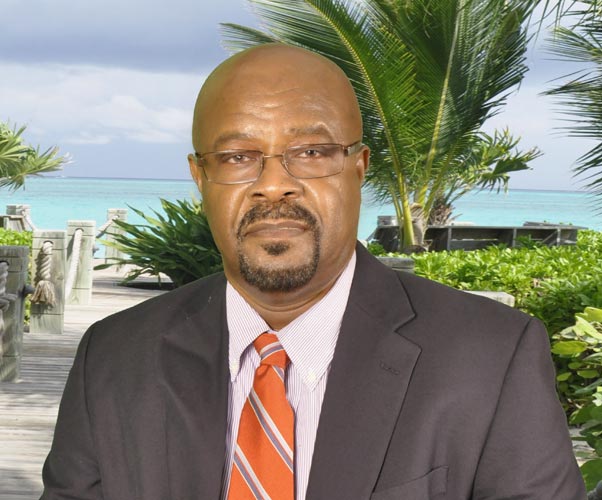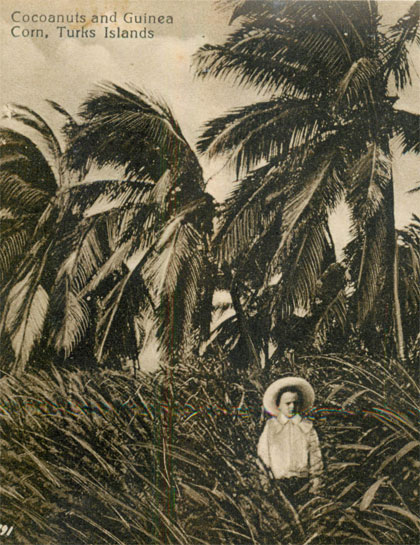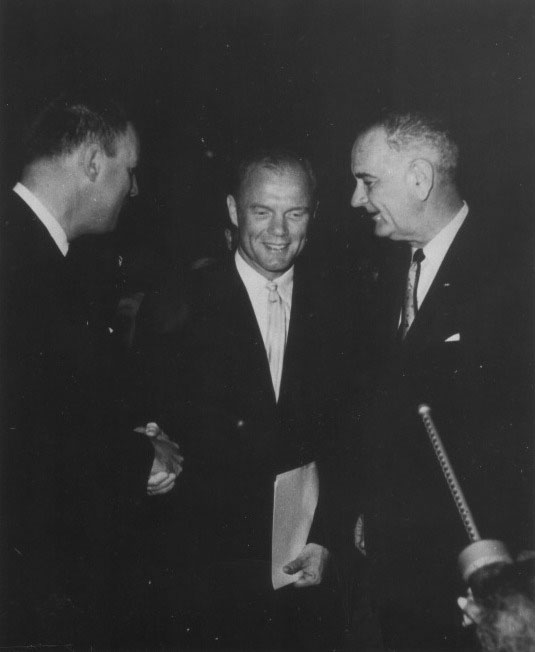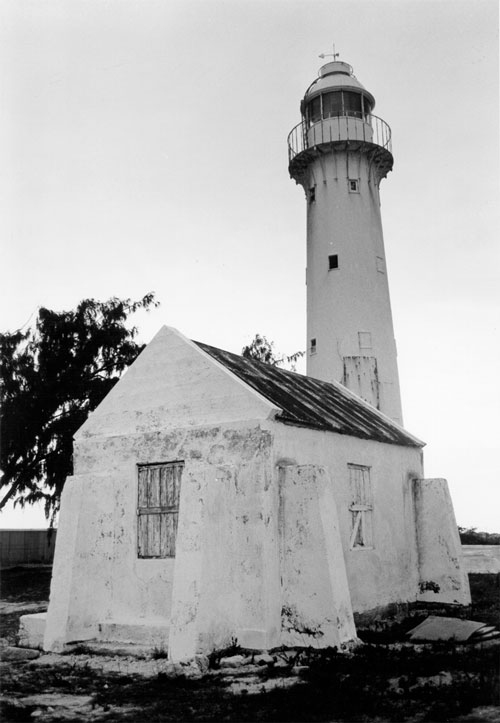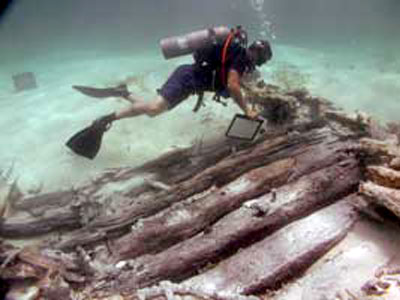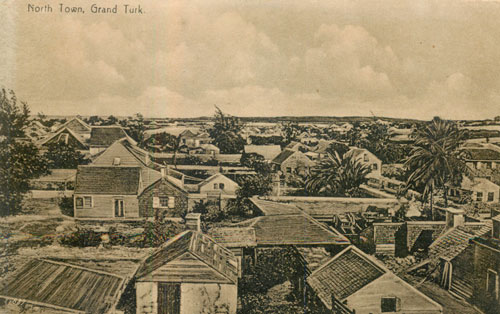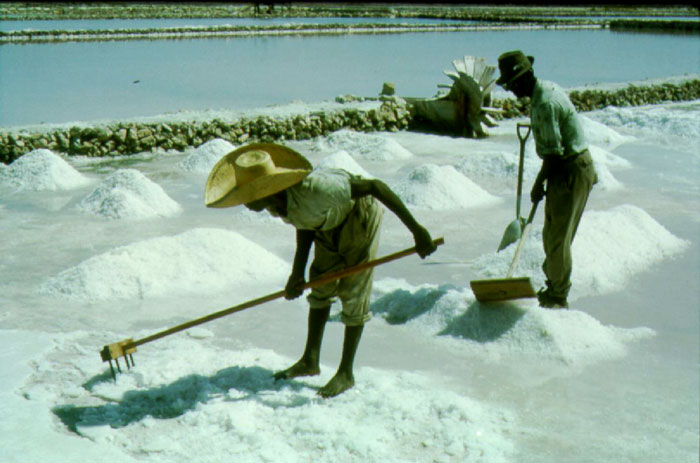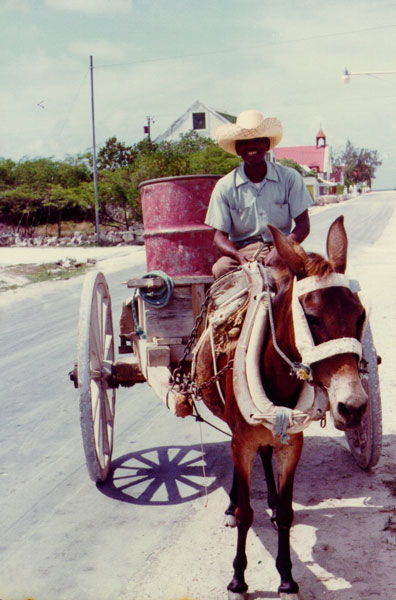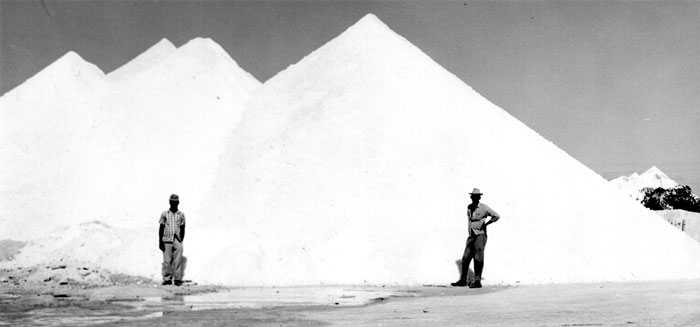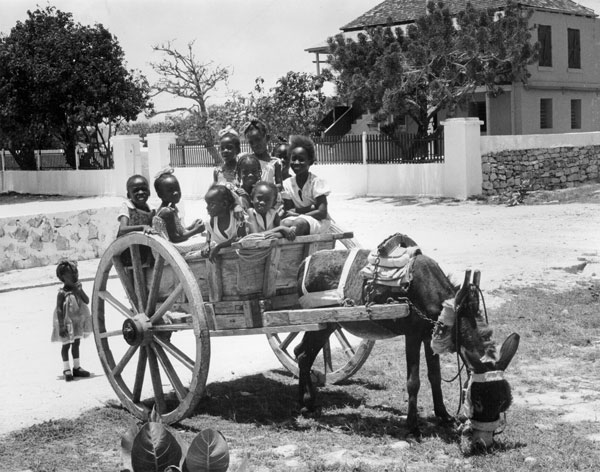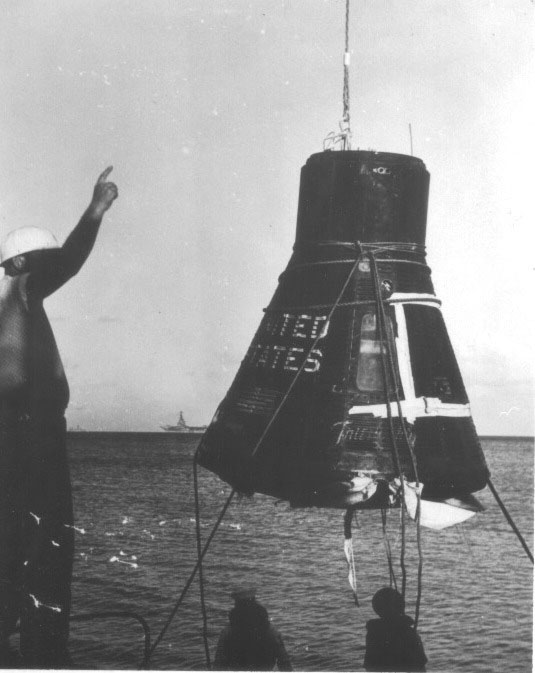Introduction
In 2000 the Museum’s founder, Mrs. Grethe Seim, passed away. Among her collections that were donated to the Museum was a series of messages found in bottles on the beaches of Grand Turk over a period of nearly 40 years. The Grethe Seim Collection is the inspiration for the Museum’s Message in a Bottle Project, launched in 2001. During a visit to the Museum Penny Smith (below), a well known TV presenter in Britain, filled in one of the Message in a Bottle forms.
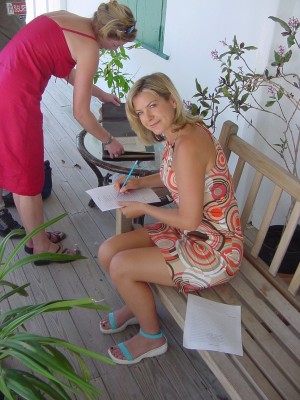
History of Messages in a Bottle
The pop group the Police sang about it, Kevin Costner starred in a film of the same title but what is the truth behind messages in a bottle. Who writes them? Why are they written? How far do the bottles travel before being washed upon a beach? How long does it take for the messages to be found? These are just some of the questions that are raised.
Are Messages in a bottle a new Phenomenon?
Ever since humans have had the “vessel” for a letter, the ability to write and the time to do it we can assume that messages have been dropped into the sea. The earliest recorded sender was the Greek philosopher Theophrastus who, in around 310 BC, threw sealed bottles into the Mediterranean to prove that the inland body of water was formed by the inflow of the Atlantic. There appears to be no record of any responses.
In 16th century England Queen Elizabeth I appointed an official “Uncorker of Ocean Bottles” making it a capital crime for anyone else to open the bottles. This severe punishment was seen as necessary as it assumed that some might contain secret messages from spies as well as from the British fleet who sent messages about enemy positions ashore in bottles. Whether this was an affective means to send information does not appear to have been recorded.
Of course sailors or passengers under dire situations have written messages at sea. One such incident occurred in the 1780s (some records give 1714 as the date) when Chunosuke Matsuyama went treasure hunting in the Pacific. He and the Japanese crew of 44 were shipwrecked off a small Island in the South Pacific. Knowing their fate was not good as there was no food or fresh water the captain scratched their story onto chips of wood and cast them adrift in a bottle. The bottle was found 150 years later on the shoreline of Japan – a bit too late to mount a rescue attempt. Coincidentally it was claimed that the bottle was found on the beach where Matsuyama grew up in Japan, but this may just be folklore.
Probably one of the most touching letters to have been found was from a passenger on board the torpedoed Lusitania, which sank in May 1915. Imagine, having the calmness to write a message and put it into a bottle, with all the mayhem going on around you as the ship sinks. According to one report the message read “still on deck with a few people. The last boats have left. We are sinking fast. Some men near me are praying with a priest. The end is near. Maybe this note will ” and the abrupt end to the letter suggested the writer hurriedly placed it into the bottle as the ship succumbed to its fate – a rather poignant message. Again however, there are different versions of this story: the letter’s content varies and was either picked up by a fisherman at sea, or found on a beach.
But not all messages found have such a grim outcome. In 1948 a Russian fisherman found a message written in Norwegian and English. Once translated it made little sense: “Five ponies and 150 dogs remain. Desire hay, fish and 30 sledges. Must return early in August. Baldwin”. It transpires that the polar explorer Evelyn Baldwin sent it in 1902, and he had returned alive and well.
Also, drift bottles were used in 1946 to map the places where Japanese mines were likely to be after being freed by storms. Similar drift bottles have been used in recent years to help understand currents and to allow the prediction of likely harvest areas of fish and marine life, especially endangered species. On top of this captains can use the drift information to make sure that when they “blow their tubes” the oil sludge will not end up on a beach, or impacting on the environment.
In fact messages in bottles are not a new phenomena to the Turks and Caicos Islands. In the consular papers dated January 4th 1861 the contents of two bottles are discussed. The first one read “Hamburg Bark “Orinoco” G.R. Krulle, Master from Liverpool for St Thomas- Lat. 18.20 North – Lon 57.50 West of Greenwich. Barometer 36.4 Thermometer 83 degrees” it was dated August 30 1860 and was discovered at Little Bluff, Grand Turk on 2nd December 1860. The other message read “ Bark “Home” 157 days from Manilla bound for New York: Lat 23.18 North – 64.13 West” dated November 6th 1860 and was found on December 31st 1860 on the eastern side of Grand Turk.
More bottles were found as in the dispatch for February 16th 1861 it recorded “The 5th instant a bottle was picked up on the east side of this Island. It contained a note for it to be forwarded to the British Admiralty. It read “H.M. Sloop “Ringdove” 25th November 1859 Lat 26.21 Long 18.7 by observation. This paper was thrown overboard at noon on the above day having just entered the North East trades. Force wind 3, along North westerly swell. Barometer 30.43, Thermometer 75, seawater 73. R. G Cragie Commander”. This local historical bottle suggests that using messages in a bottle to keep the British Navy informed of a ships progress appears to have been continued from Elizabethan times.
An interesting coincidence occurred in 1997. Two visitors to Grand Turk, Ted and Vivianne Cooper, met up with the then Director, Barry Dressel, and recounted a story about a message in a bottle sent by Ted’s Grandfather, Ralph Rogers in 1894. Ralph was traveling aboard the “Marion Lightbody” with a friend. The two lads had started to become homesick just North of Cape Verde and Ralph decided to drop a message into the sea for his sister Marion. The Diary of Ralph Rogers recorded the day the bottle entered the sea: “April 20th Friday, 1894…………sent off a bottle to Marion today, and intend to send one to each member of the family………”.
The message read:
Ship “Marion Lightbody”
Lat 25 degrees 2’ N 20th April 1894
Long 23 degrees 15’ W
All well on board, R C Roger
Finder please send this to
Miss M Rogers
3 Lancaster Terrace
Kelvinside
Glasgow
Scotland
The message was found and forwarded and this letter read:
Grand Turk
29th Dec 1895
Miss M Rogers
As requested by the writer that the person that finds this would please forward it to you. I have undertaken to do so and hope you will receive it quite safe. I found it on the 28th Dec.
Yours respectfully
Albert T Wynns
Grand Turk
Turks Island
West Indies
This letter was received in Glasgow on January 16th 1896 (the family in Australia now holds the original message) and was greeted by excitement by not only the family but also a local newspaper. The newspaper recorded that “the young voyageur was naturally elated with the success of his experiment especially as it brought him three good specimens of Turks Islands postage stamps..”. The writer of the article entitled “Neptune’s Post, A Tale of the Sea” went onto say “… I can see from the map that the bottle fell within the “sphere of influence” of the North Atlantic current, which after flowing southwards along the coast of Africa for hundreds of miles turns sharply to the west at Cape Verde, sweeps across the Atlantic and spends itself amongst the northern West India islands of which Grand Turk may be reckoned as the avant garde. With the chart of oceanic currents before my eyes, I might have predicted the destiny of this bottle, after a course of 3000 miles, with almost absolute exactness. It took 619 days to accomplish the passage, so it would appear that Neptunes post is somewhat slow…”
Now to the modern day. Whilst researching this article, the future for “message in a bottle” was discovered. A website was found that allows you to write a message and send it into cyberspace. It requests that you “enter a message here and it will be put into an imaginary bottle and cast adrift on the Internet Sea”. The message would eventually end up on the screen of someone else that had participated on the site, taking from a few weeks to 6 months.
It is also clear that further distances are being considered for “Messages in a Bottle”. When NASA launched Voyager 1 it included a gold plated disc containing greetings in many languages, sounds and images of earth. As one scientist comment, it wasn’t the message that was important; it was the fact that we had sent the message. Can you imagine having this message “wash up” on your planet and how long it will take to be found, if ever?
The information about historical messages were taken from:
The Peoples Almanac ™ Presents the Book of Lists , printed by Corgi in 1980. This recorded 7 remarkable Messages in a Bottle
Neptunes Sea-Mail Service , by Wilmond Menard, Article in Sea Frontiers, International Oceanographic Foundation, volume 26, Number 6 Nov-Dec 1980.
